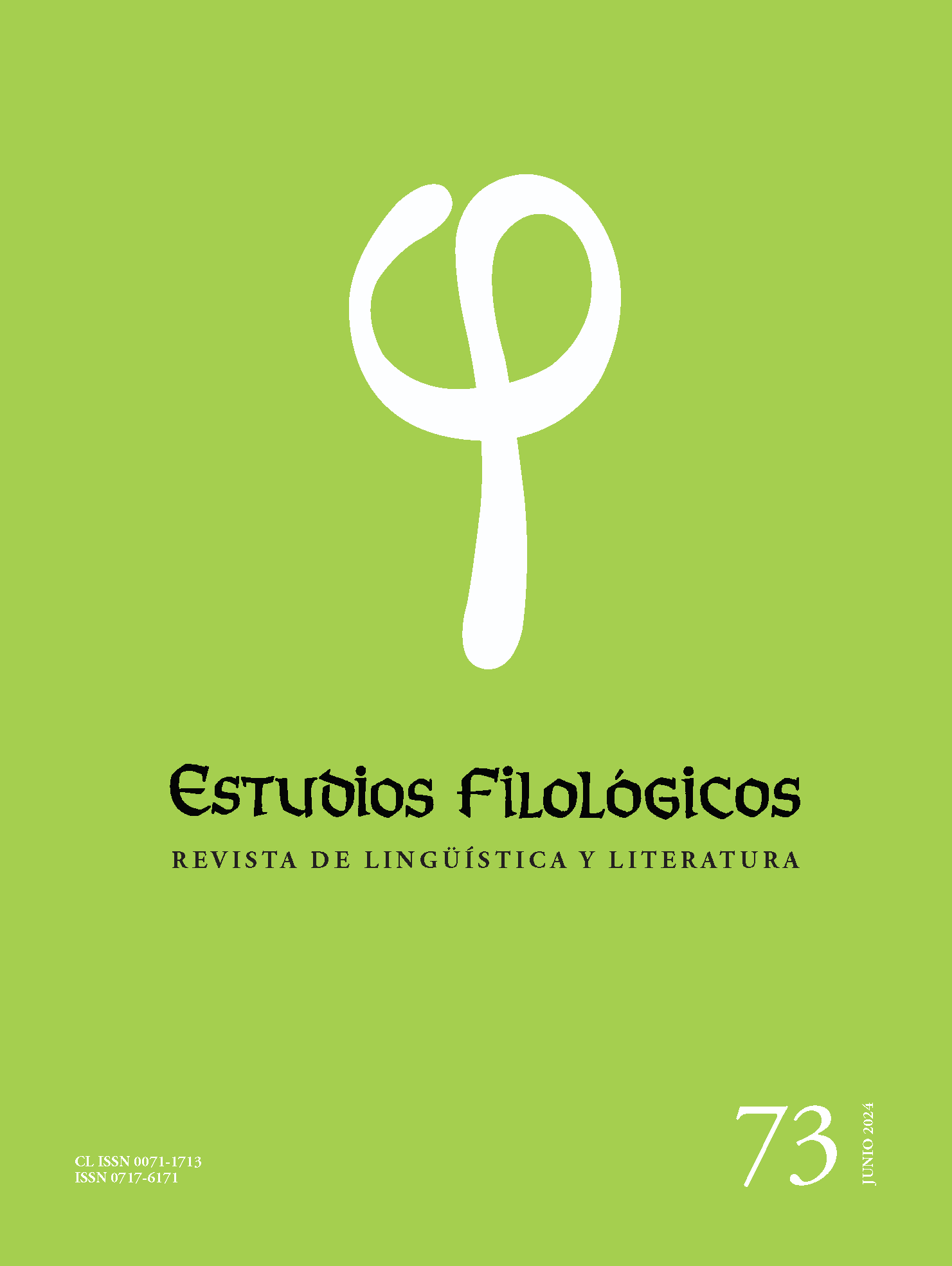Light and landscapes in the novels To the lighthouse, El mocho and Lumpérica
Main Article Content
Abstract
To the lighthouse by Virginia Woolf, El mocho by José Donoso and Lumpérica by Diamela Eltit are three novels that, through the treatment of light, deconstruct the subject and the landscape. This fact implies a radical turn with respect to the nineteenth-century landscape, to the extent that it opens up to a form of construction in the literary space that fissures the subject-object relationship, blurring, overflowing or multiplying the forms. The comparative reading of these works is based on the contributions of authors such as Joan Nogué (2007) and Javier Maderuelo (2007), who establish that landscapes are culturally constructed, and on the works of Michel Foucault, Giorgio Agamben and Gilles Deleuze to think landscapes as devices that, through the circulation of light, produce visibilities that shape the subject and the landscape itself.

